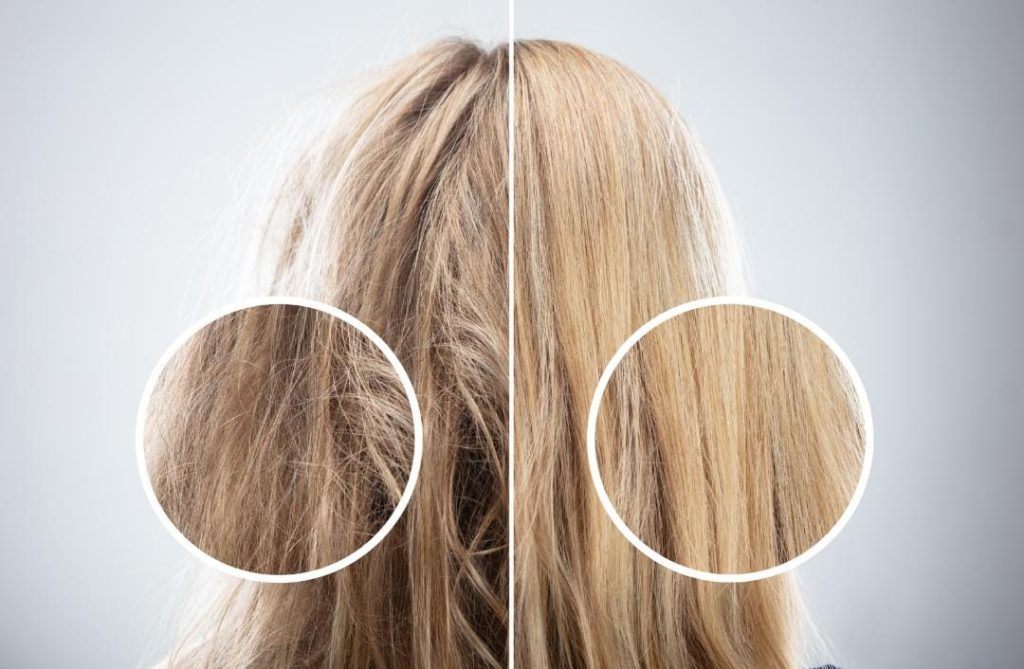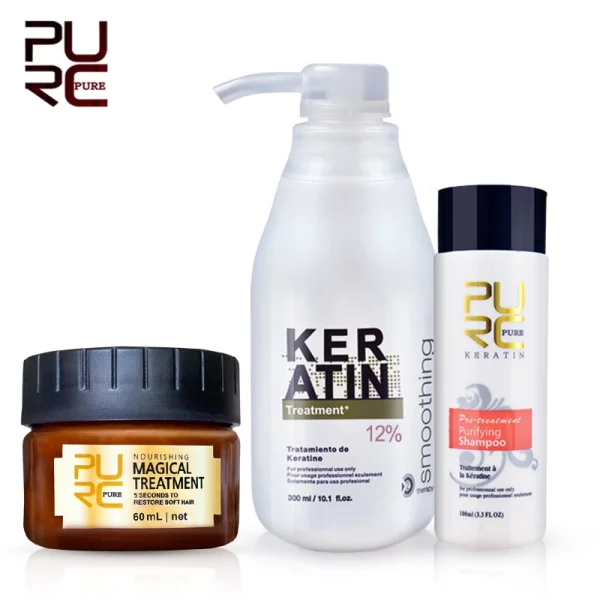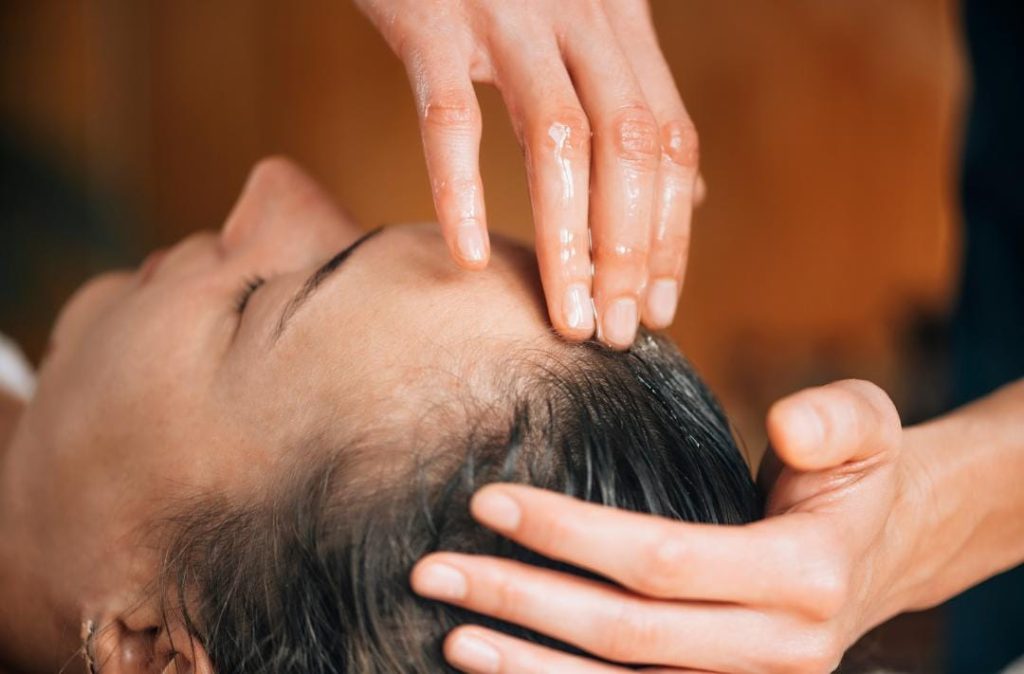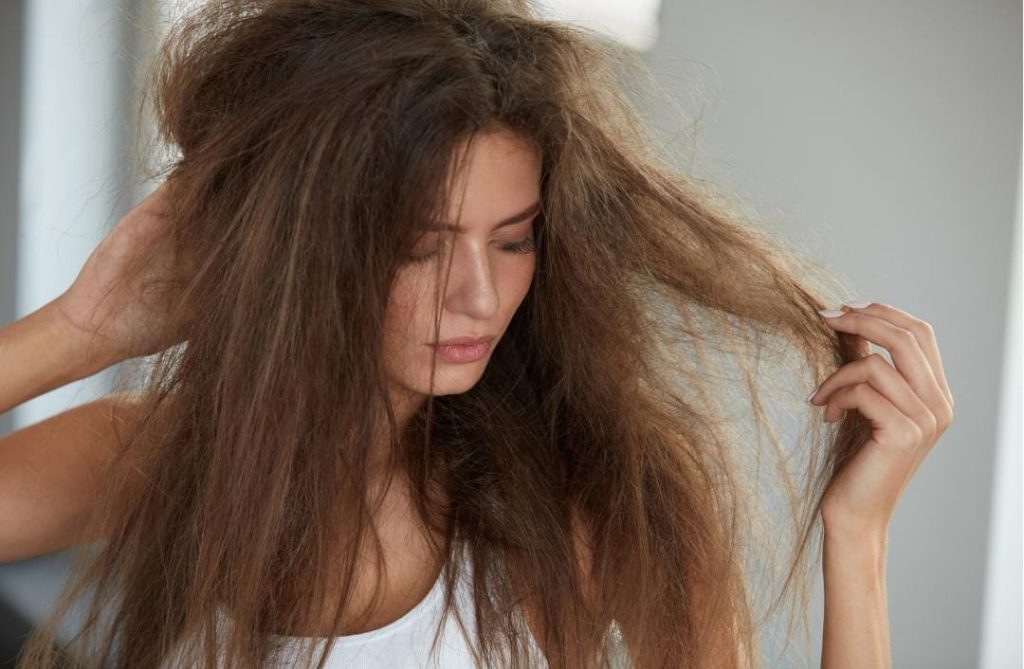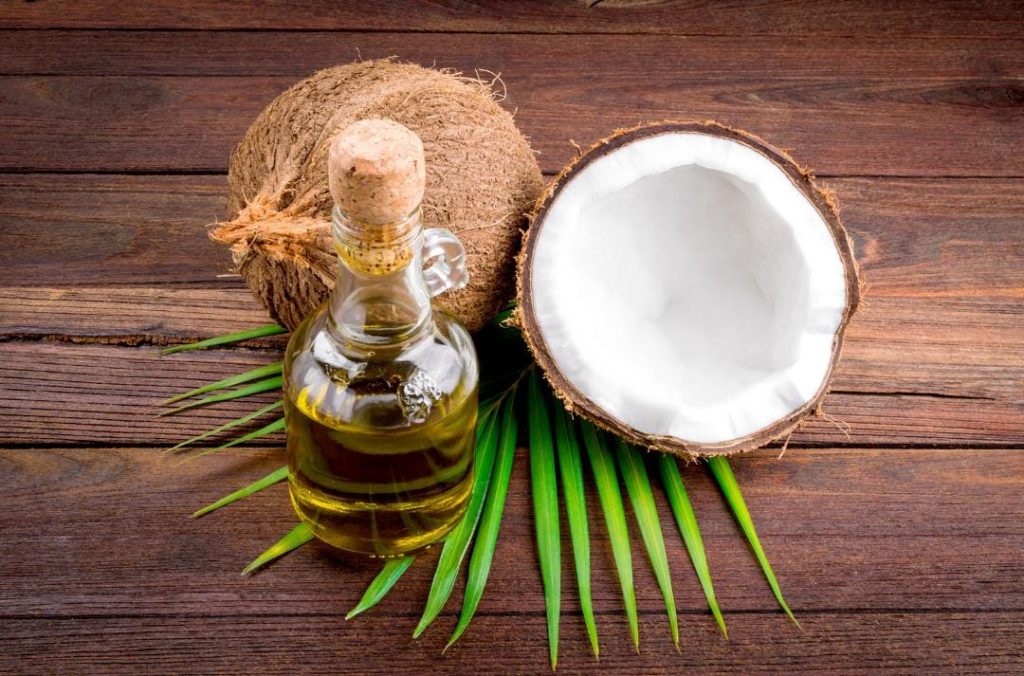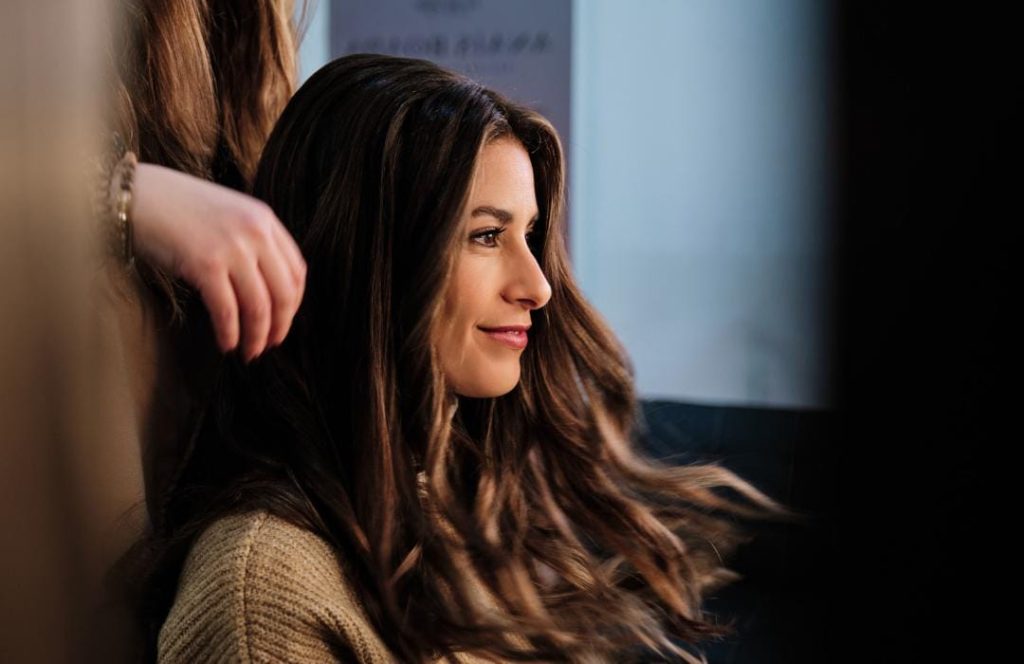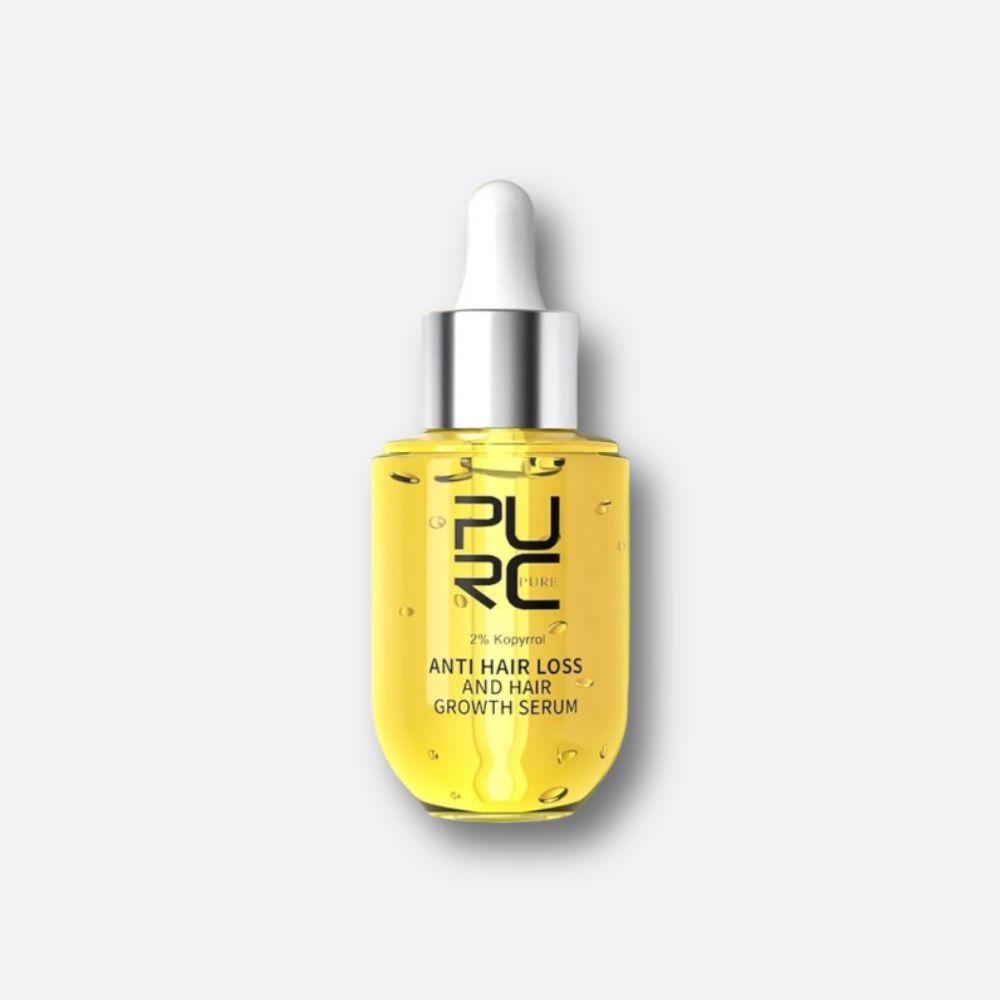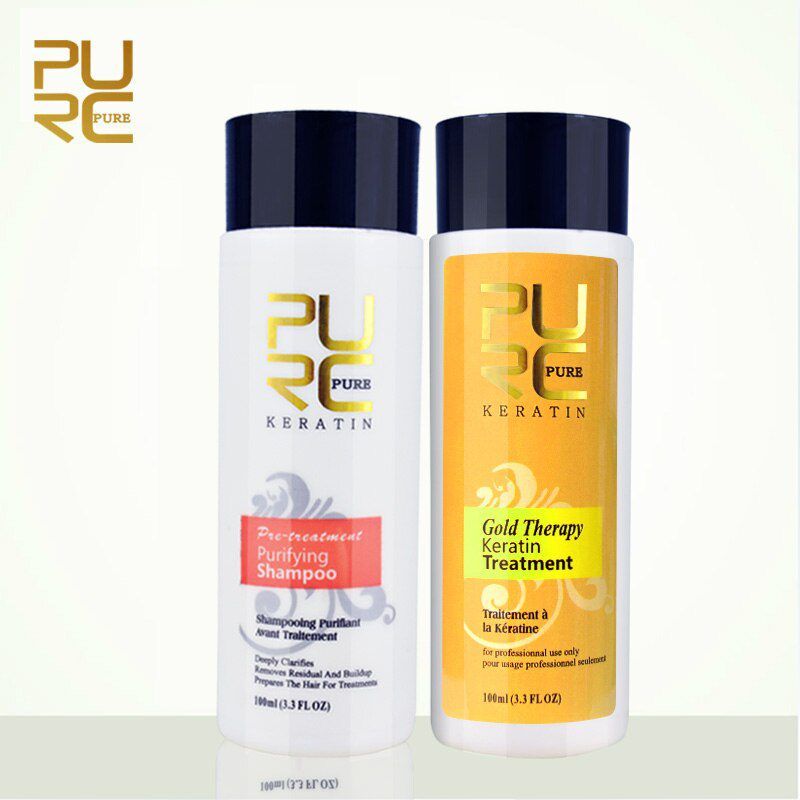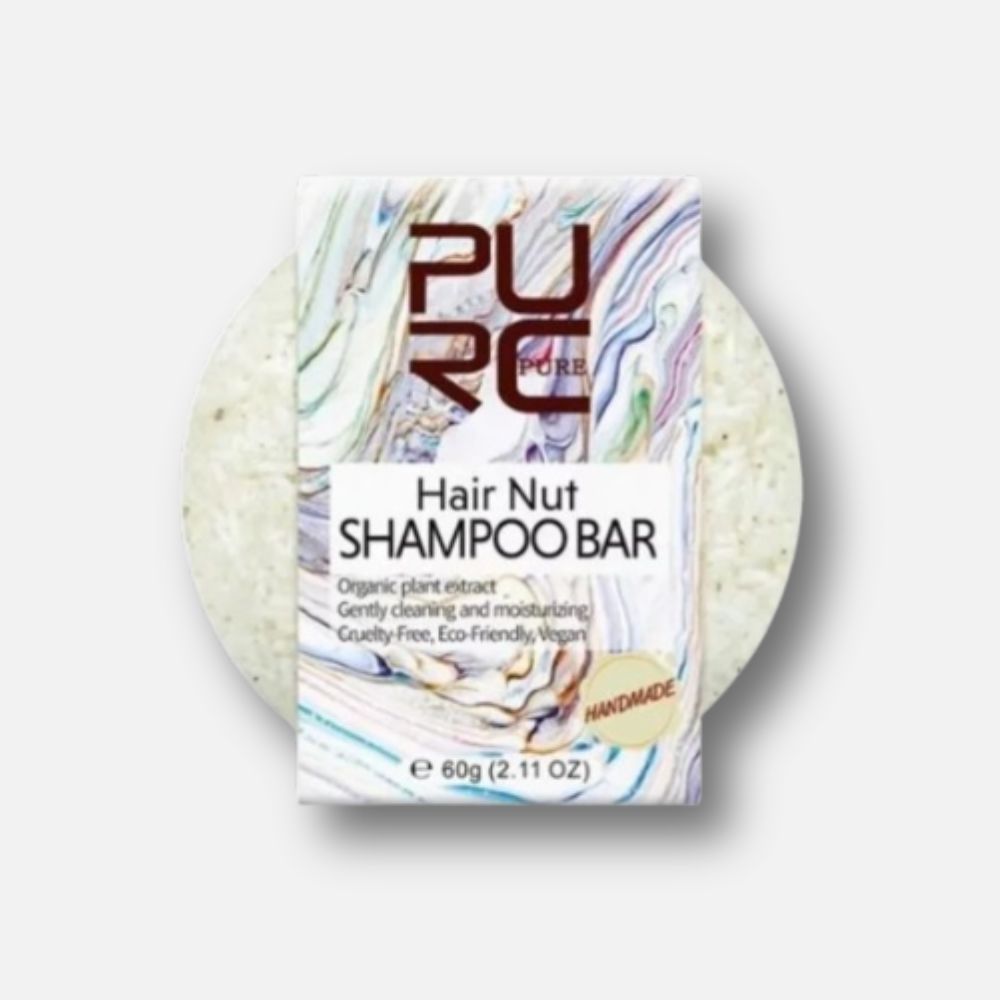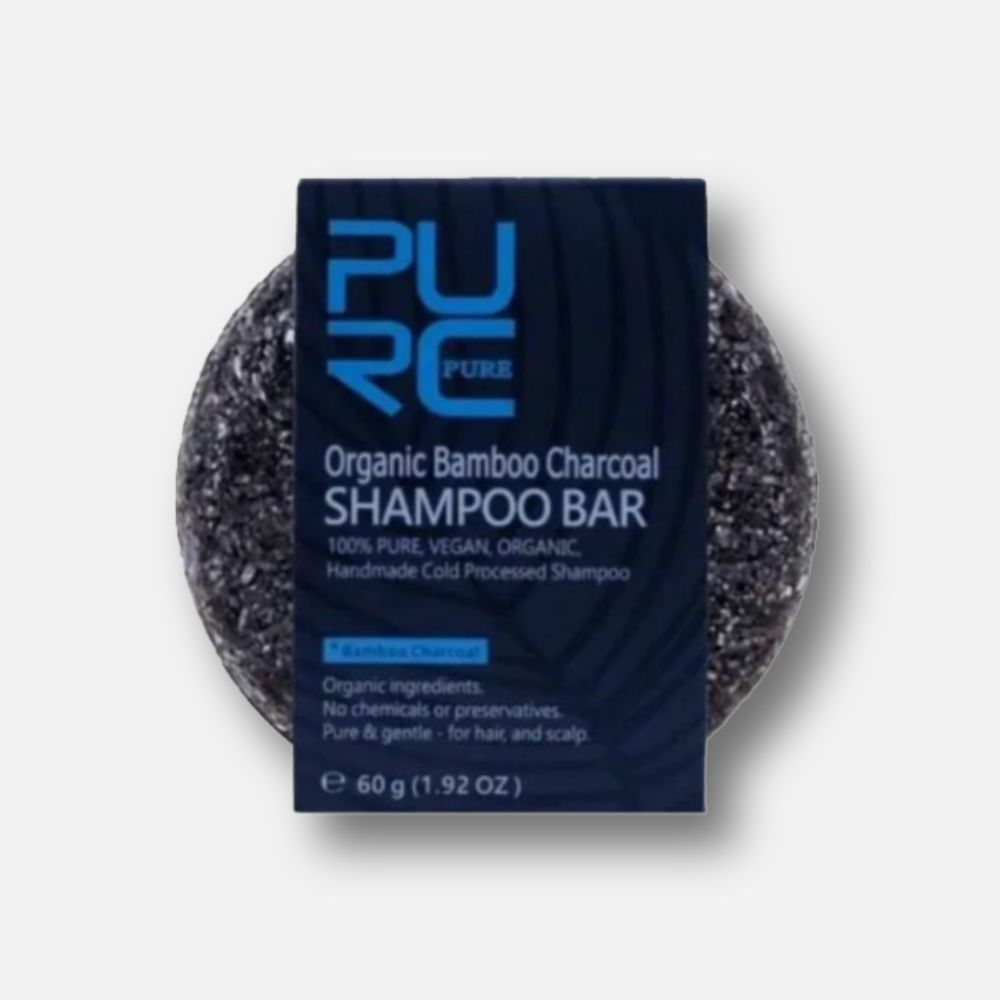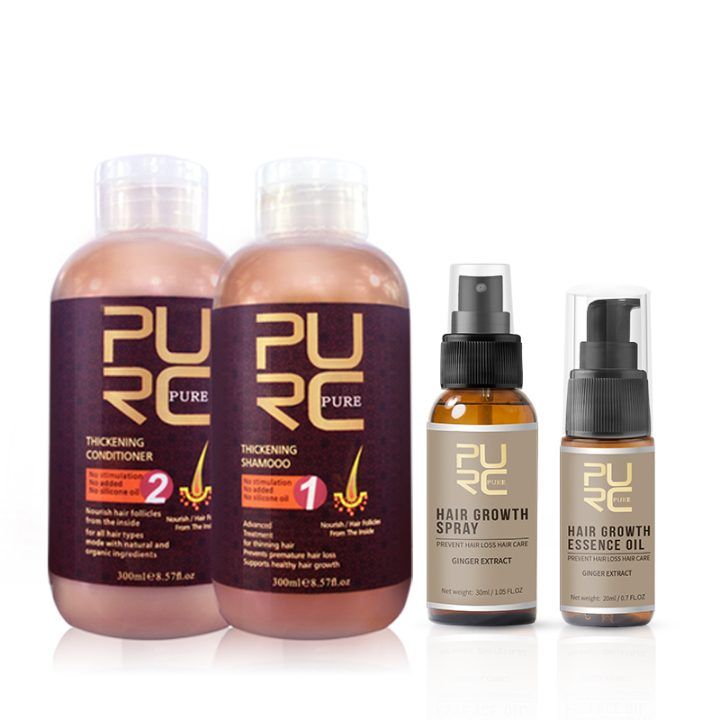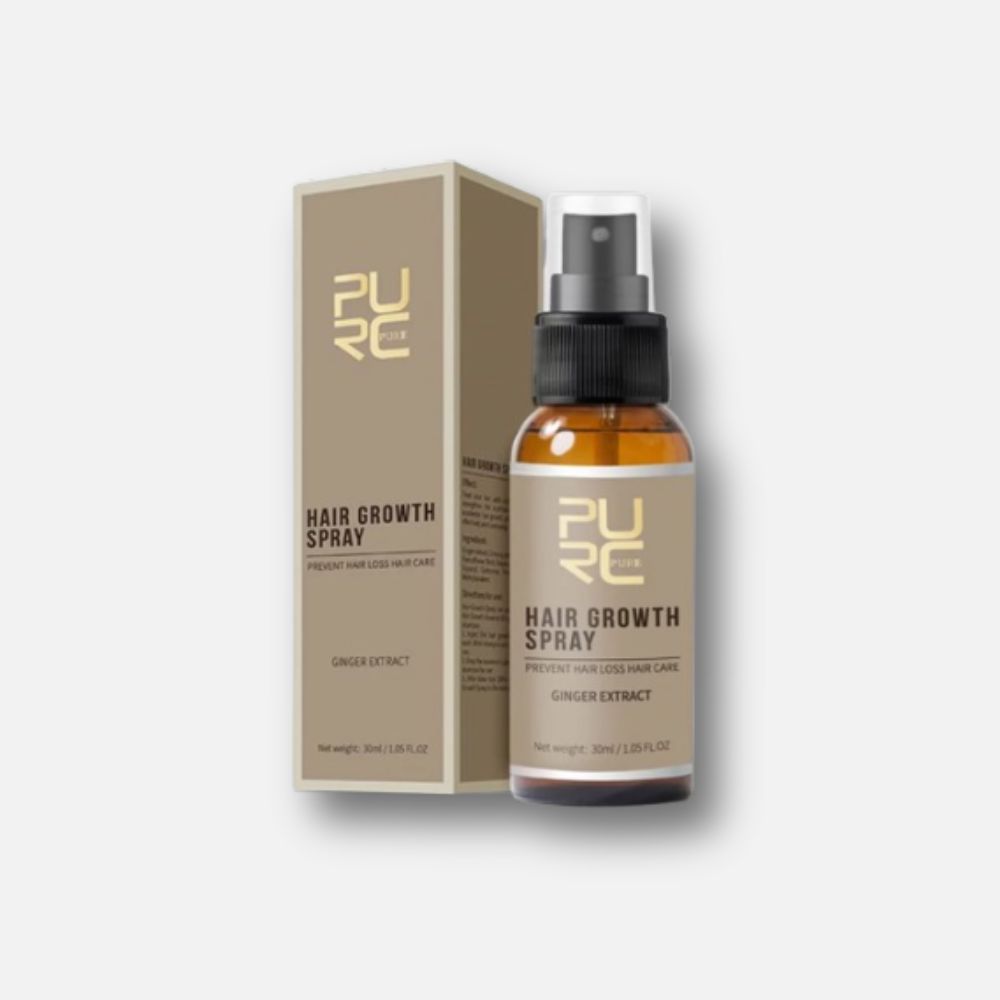10 Effective & Natural Hair Bond Repair Techniques You Need to Know
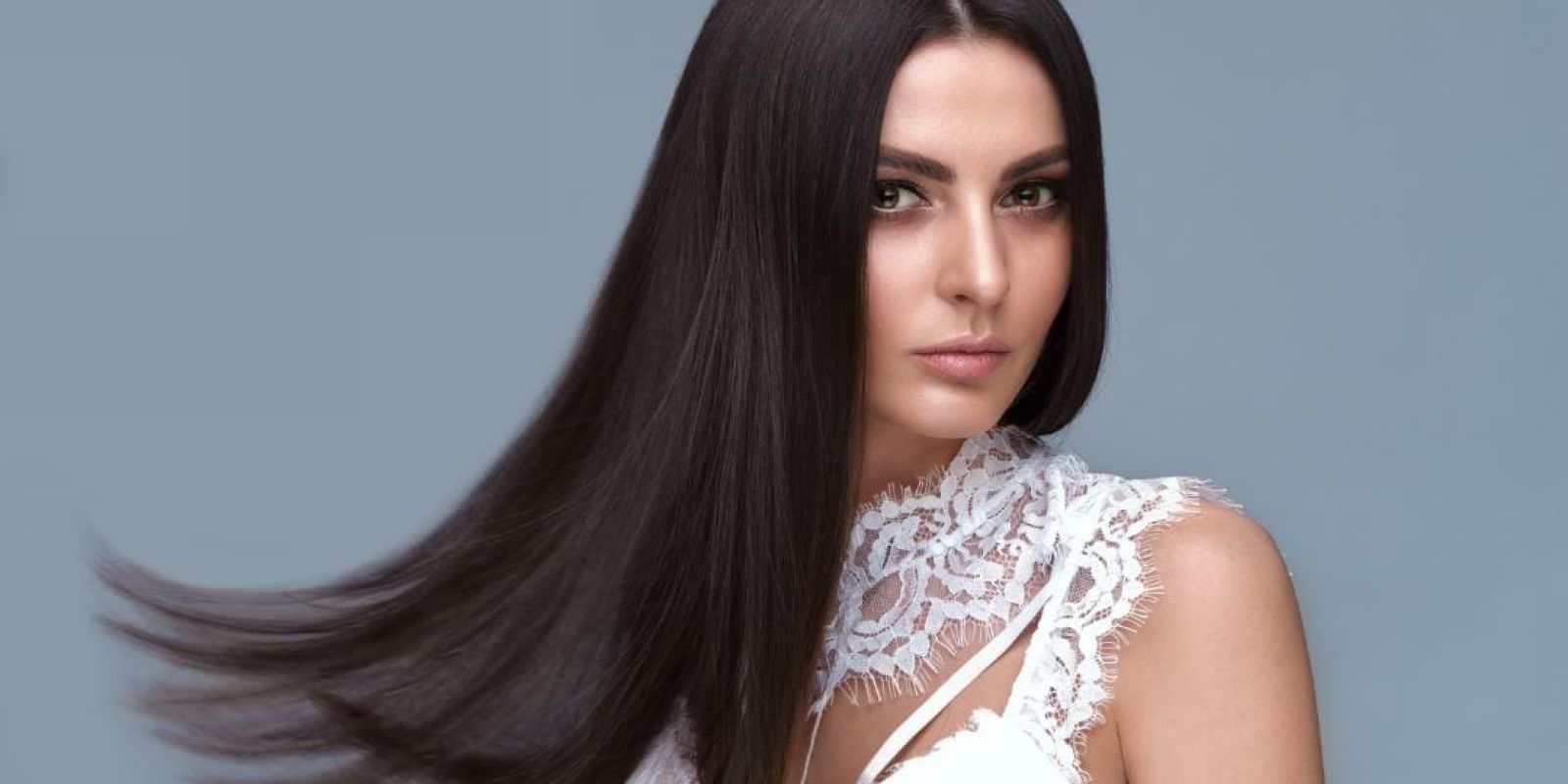
Do you want to have strong, shiny, and healthy hair? If so, you need to take care of your hair bonds. Hair bonds are the structures that hold your hair together and give it strength and elasticity. When your hair bonds are damaged, your hair becomes weak, brittle, and prone to breakage. That’s why you must regularly repair your hair bonds with effective and natural techniques. In this article, we will show you ten amazing ways to restore your hair bonds and make your hair look fabulous. Let’s get started!
1. Oplex Treatment for Hair Bond Repair
If you have damaged hair from bleaching, coloring, or heat styling, try Olaplex treatment. Olaplex is a professional-grade hair treatment that helps rebuild and strengthen damaged hair bonds. Here’s how to do it at home.
Steps To Follow:
- Apply Oplex to damp hair. You can use a spray bottle to dampen your hair or towel-dry it after washing. Then, apply Hair Perfector to your hair, focusing on the ends and the most damaged areas. Use enough product to coat your hair evenly.
- Let it sit for a specified time. Depending on how damaged your hair is, you can leave Olaplex on for 10 minutes to an hour. You can also use a shower cap or a warm towel to trap the heat and enhance the treatment.
- Rinse and shampoo as usual.
Some Tips And Precautions Include:
- Do a patch test before using Oplex to ensure you are not allergic to any ingredients.
- Do not use Olaplex more than once a week, as it can dry out your hair if overused.
- Use a heat protectant spray before styling your hair with hot tools to prevent further damage.
Olaplex treatment is a great way to restore and revive your damaged hair. It can make your hair stronger, softer, and more resilient.
2. Protein Treatment
Protein treatments are a great way to repair and strengthen the bonds that hold your hair together. They can also prevent breakage, reduce frizz, and add shine to your hair. Here’s how to do a protein treatment at home.
Steps To Follow:
- Choose a protein treatment product. Many products in the PURC contain protein, such as masks, conditioners, or leave-in treatments. Look for products that have ingredients like keratin, silk, collagen, or wheat protein. You can also make your protein treatment using natural ingredients like eggs, yogurt, or mayonnaise.
- Wash your hair with a mild shampoo. You want to remove any dirt, oil, or product buildup from your hair before applying the protein treatment. Rinse well and towel dry your hair.
- Apply the protein treatment to your damp hair. Depending on your product, you should section your hair and apply it evenly from roots to ends. Make sure to coat every strand of your hair with the protein treatment. You can use a wide-tooth comb or your fingers to distribute the product.
- Leave the protein treatment on for the recommended time. Check the instructions on the product label or the recipe you followed. Some protein treatments must be left on for only a few minutes, while others might require up to an hour. Please do not leave the protein treatment on longer than suggested, as it might dry and brittle your hair.
- Rinse the protein treatment thoroughly from your hair. Use lukewarm water to wash out the product from your hair. You can follow up with a moisturizing conditioner to balance out the protein and hydrate your hair.
Tips And Precautions:
- Apply a small amount of the product on a hidden scalp area and wait 24 hours. Do not use the product if you experience any irritation, itching, or redness.
- Use protein treatments sparingly or too much. Depending on your hair type and condition, you might need a protein treatment once a week, once a month, or once every few months. Overusing protein treatments can cause protein overload, making your hair stiff and prone to breakage.
- Heat can damage your hair and weaken its bonds. A heat protectant spray can help shield your hair from high temperatures and prevent further damage.
Protein treatments are a simple and effective way to improve your hair’s health and appearance. You can enjoy the benefits of protein treatments at home by following these steps. Remember to choose the right product for your hair type and condition, and follow the instructions carefully.
3. Deep Conditioning
If you want healthy and shiny hair, you must take care of it regularly. One of the best ways to do that is by deep conditioning your hair. Deep exercise helps replenish moisture, improves elasticity, and repairs hair bonds.
How to Deep Condition Your Hair?
- Choose a deep conditioning mask that suits your hair type and needs. Many types of masks are available in the market, such as hydrating, nourishing, repairing, strengthening, etc. You can also make your mask with natural ingredients like honey, yogurt, avocado, banana, etc.
- Wash your hair with a mild shampoo and towel dry gently. Please do not use a hair dryer or heat styling tools; they can damage your hair and reduce the mask’s effectiveness.
- Apply the mask evenly to your hair, focusing on the ends and the most damaged areas. Use a wide-tooth comb or your fingers to distribute the mask throughout your hair.
- Cover your hair with a shower cap or plastic wrap to trap the heat and moisture. This will help the mask penetrate and nourish your hair cuticles.
- Leave the mask on for the recommended time, usually between 15 to 30 minutes. You can also use a hair steamer or a warm towel to enhance the results.
- Rinse your hair with cool water. Do not use hot water; it can strip away the natural oils and make your hair dry and brittle.
- Style your hair as usual and enjoy your soft, shiny locks.
Tips and Precautions
- Deep condition your hair once or twice a week, depending on how dry or damaged your hair is.
- Do not over-condition your hair, it can weigh it down and make it greasy or limp.
- Avoid using masks that contain harsh chemicals, sulfates, parabens, silicones, or alcohol, as they can damage your hair and scalp.
- Do not apply the mask to your scalp, it can clog your pores and cause irritation or dandruff.
- Do not comb or brush your hair when wet, it can cause breakage and split ends.
Deep conditioning is a simple and effective way to improve the health and appearance of your hair. It can restore moisture, elasticity, and strength to your hair, making it more manageable and beautiful.
4. Scalp Massage
Scalp massage is a technique that involves using your fingertips to gently rub your scalp in circular motions. This helps to stimulate blood circulation, which nourishes your hair follicles and promotes hair growth. Scalp massage also helps to repair hair bonds, which are the structures that hold your hair together and give it strength and elasticity.
Steps To Follow For A Proper Scalp Massage:
- Start by washing your hair with a mild shampoo and conditioner. This will remove any dirt, oil, or product buildup that might interfere with the massage.
- Dry your hair with a towel or a blow dryer on low heat. Avoid rubbing or pulling your hair too hard, which can damage it.
- Apply some oil or serum to your scalp and hair. You can use any natural oil, such as coconut, olive, or almond oil, or a specially formulated hair serum that contains ingredients like biotin, keratin, or argan oil. These products will moisturize your scalp and hair and prevent them from drying out during the massage.
- Use your fingertips to gently massage your scalp in circular motions. Start from the front of your head and work to the back, then from one side to the other. You can also use a scalp massager tool, a device with soft bristles or rubber tips that glide over your scalp. You can find these tools online or in beauty stores.
- Massage your scalp for at least 5 minutes every day. You can do it in the morning, before bed, or anytime you feel relaxed. You can also listen to soothing music or aromatherapy to enhance the experience.
Tips and Precautions To Follow:
- Do not massage your scalp too hard or fast, as this can cause irritation or injury.
- Do not massage your scalp if you have any cuts, wounds, infections, or inflammations on your scalp or hair.
- Do not massage your scalp if you have any medical conditions that affect your blood pressure or blood flow, such as hypertension, diabetes, or heart disease.
- Consult your doctor before starting scalp massage if you are pregnant, breastfeeding, or taking any medications.
Scalp massage is a simple and effective technique that can improve your hair’s health and appearance. You can enjoy the benefits of increased blood circulation, hair growth, and hair repair by doing it regularly.
5. Heat Protectant
If you love using heat styling tools like curling irons, flat irons, or blow dryers, use a heat protectant before every session. A heat protectant is a product that creates a barrier between your hair and the high temperatures of the tools. It helps prevent your hair bonds from breaking and weakening, which can lead to dryness, frizz, and split ends. Here’s how to use a heat protectant correctly and effectively:
- Choose the right product for your hair type and desired style. Different types of heat protectants exist, such as sprays, serums, creams, or oils. Some are more suitable for fine hair, while others work better for thick or curly hair.
- Apply the product evenly to your damp or dry hair. Depending on the product’s instructions, you may need to apply it to wet hair before blow drying or to dry hair before using other tools. Make sure to coat every strand of your hair from roots to ends, but use less product as it can weigh down your hair or make it greasy.
- Wait for the product to dry or absorb into your hair before using heat styling tools. This will ensure that the product forms a protective layer on your hair and doesn’t evaporate or burn when exposed to heat.
- Use the lowest temperature setting possible on your heat styling tools. Even with a heat protectant, you should avoid using very high temperatures on your hair as they can still cause damage over time. Adjust the temperature below 200°C (392°F) according to your hair type and texture.
- Style your hair as usual and enjoy your gorgeous results. You can apply a finishing product like hairspray or serum to lock in your style and add extra shine or smoothness.
Using a heat protectant is a simple but effective way to keep your hair healthy and beautiful when using heat styling tools. Remember to use it whenever you style your hair with heat, and choose the right product for your hair type and style. Your hair will thank you for it!
6. Reduce Heat Styling
You should limit using heat styling tools that can damage your hair. Heat styling can break the bonds in your hair and make it dry, brittle, and frizzy. This section will show you how to reduce heat styling and still look fabulous.
- Opt For Heat-Free Hairstyles: There are many ways to style your hair without using any heat. For example, you can braid your hair, twist it into a bun, or use hair accessories to create different looks. You can also use rollers, curlers, or flexi rods to create curls or waves without heat. These methods are gentle on your hair and can last long.
- Use Low-Heat Settings When Styling Your Hair: If you need heat styling tools, ensure you use the lowest heat setting possible. This will minimize the damage to your hair and prevent it from overheating. It would help to use a heat protectant spray or serum before applying heat to your hair. This will create a barrier between your hair and the heat and reduce moisture loss.
- Take Care Of Your Hair After Heat Styling: After you style your hair with heat, moisturize and nourish it with a deep conditioner or a hair mask. This will help restore the moisture and elasticity of your hair and prevent split ends and breakage. You should also trim your hair regularly to eliminate damaged ends and keep your hair healthy.
Reducing heat styling is one of the best things you can do for your hair. It will help you maintain its natural beauty and strength.
7. Trim Split Ends
One of the most important things you can do is to trim your split ends. Split ends are the damaged tips of your hair that look frayed and dry. They can make your hair look dull and lifeless and cause more damage to your hair if you don’t remove them. Here are some tips on how to trim your split ends and keep your hair in good shape.
You don’t need to go to a salon whenever you want to cut your split ends. You can do it yourself at home with some simple tools and techniques. All you need is a pair of sharp scissors, a comb, and a mirror. Follow these steps to trim your split ends at home:
- Wash and dry your hair as usual: Ensure your hair is completely dry before you start trimming, as wet hair can stretch and shrink when it dries, making it harder to cut evenly.
- Divide your hair into small sections and secure them with clips or elastics. Start with the bottom layer of your hair and work your way up.
- Take one section of hair and comb it gently from the roots to the ends. Hold the end of the section between your index and middle fingers, leaving about an inch of hair below your fingers.
- Slide your fingers down the section until you see the split ends sticking out from the sides. Cut off the split ends with the scissors, ensuring you don’t cut too much or too close to your fingers.
- Repeat this process for each section of hair until you have trimmed all the split ends.
- How to prevent split ends: The best way to avoid split ends is to prevent them from happening in the first place.
Trimming your split ends is a simple but effective way to improve the appearance and health of your hair. By following these tips, you can keep your hair looking shiny, smooth, and strong. Schedule regular trims every 6-8 weeks to maintain your results and prevent further damage.
8. Avoid Harsh Chemicals
You should avoid using harsh chemicals that can damage your hair and make it brittle. This section will explain what harsh chemicals are, why they are bad for your hair, and how to avoid them.
What Are Harsh Chemicals?
Harsh chemicals are substances that can alter the structure and integrity of your hair. They can be found in some hair products, such as shampoos, conditioners, dyes, bleaches, relaxers, perms, and straighteners. Some examples of harsh chemicals are sulfates, parabens, formaldehyde, ammonia, and sodium hydroxide.
Why Are Harsh Chemicals Bad For Your Hair?
Harsh chemicals can weaken the bonds that hold your hair together and cause damage to the cuticle, which is the outer layer of your hair. This can result in dryness, frizz, split ends, breakage, and hair loss. Harsh chemicals can also strip away the natural oils and moisture from your scalp and hair, making them more prone to infections and inflammation.
How To Avoid Harsh Chemicals?
The best way to avoid harsh chemicals is to read the product labels carefully and look for natural or organic ingredients. You can also use homemade or DIY products that use natural ingredients, such as coconut oil, aloe vera, honey, apple cider vinegar, and baking soda. Here are some tips on how to avoid harsh chemicals:
- Choose shampoos and conditioners that are sulfate-free, paraben-free, and silicone-free. Sulfates are detergents that can dry out your hair and scalp. Parabens are preservatives that can disrupt your hormonal balance. Silicones are polymers that can coat your hair and prevent it from breathing.
- Avoid hair dyes and bleaches that contain ammonia or peroxide. These chemicals can damage your hair color and texture. Instead, opt for henna or natural dyes that use plant extracts or minerals.
- Avoid relaxers and perms that contain sodium hydroxide or lye. These chemicals can break down your hair bonds and cause irreversible damage. Instead, use heatless methods to curl or straighten your hair, such as rollers, braids, or twists.
- Avoid straighteners that contain formaldehyde or keratin. These chemicals can release toxic fumes when heated and cause respiratory problems. Instead, use ceramic or titanium plates that distribute heat evenly and protect your hair from overheating.
By avoiding harsh chemicals, you can protect your hair from damage and keep it healthy and shiny. Remember to read the product labels carefully and choose natural or organic products whenever possible. You can also make your products using natural ingredients that nourish your hair and scalp.
9. Silk Pillowcase
Do you want stronger hair without spending a fortune on expensive products? If yes, then try Silk Pillowcase. This simple but effective technique can greatly affect your hair quality and appearance.
Sleeping on a silk pillowcase reduces friction and minimizes hair breakage, preserving hair bonds. Unlike cotton or other fabrics, silk does not tug or pull on your hair strands, which can cause damage and split ends over time. Silk also helps retain moisture in your hair, preventing dryness and frizz.
To use this technique, you must switch to a silk or satin pillowcase for a gentler sleeping surface. You can find them online or in most home stores. They come in different colors and sizes, so you can choose the one that suits your preference and budget.Here are some tips to get the most out of this technique:
- Wash your silk pillowcase regularly with mild detergent and cold water. Avoid using bleach or fabric softener, which can damage the silk fibers.
- Dry your silk pillowcase on low heat or air dry it. Do not wring or twist it, as it can cause wrinkles and creases.
- Brush your hair gently before bed to remove any tangles or knots. This will also help distribute the natural oils in your scalp and moisturize your hair.
- Avoid harsh chemicals or heat styling tools on your hair, as they can weaken the hair bonds and cause more breakage.
By following these steps, you will soon notice a positive change in your hair health and appearance. Your hair will be softer, smoother, shinier, and more manageable. You will also wake up with less frizz and fewer tangles.
10. Protective Hairstyles
These styles shield your hair from external damage and reduce stress on your bonds. This section will explain what protective hairstyles are, why they are beneficial, and how to incorporate them into your hair care routine.
What Are Protective Hairstyles?
Protective hairstyles are styles that keep your hair ends tucked away and minimize manipulation of your hair. Some examples of protective hairstyles are braids, twists, buns, cornrows, and wigs. These styles prevent your hair from rubbing against clothing, pillows, or other surfaces, which can cause friction and breakage. They also protect your hair from harsh weather conditions like sun, wind, or cold.
Why Are Protective Hairstyles Beneficial?
Protective hairstyles can help you maintain the health and length of your hair. You can prevent split ends, dryness, and breakage by reducing damage and stress on your hair bonds. Protective hairstyles can also help you retain moisture in your hair, essential for keeping it soft and shiny. Additionally, protective hairstyles can save you time and money by reducing the need for frequent washing, styling, or trimming.
How to Incorporate Protective Hairstyles?
- Choose a style that suits your hair type, length, and preference. You can experiment with different styles and accessories to find what works best for you.
- Prepare your hair before styling. Wash, condition, detangle, and moisturize your hair to ensure it is clean and hydrated.
- Be gentle with your hair when styling. Avoid pulling or tugging too hard on your hair strands or scalp. Use a wide-tooth comb or your fingers to smooth any knots or tangles.
- Don’t keep the same style for too long. Change your style every few weeks to avoid matting, tangling, or weakening your hair. Also, give your hair a break from protective styling once in a while to let it breathe and rest.
- Take care of your hair while wearing a protective style. Moisturize your scalp and hair regularly with oils or sprays. Cover your hair with a silk or satin scarf or bonnet at night to prevent frizz and dryness.
Protective hairstyles are a great way to keep your hair healthy and beautiful. By following these tips, you can enjoy the benefits of protective styling without compromising the quality of your hair. Try out some protective hairstyles today and see the difference for yourself!
Takeaway
You have learned ten effective and natural hair bond repair techniques that can help you restore your hair’s health, strength, and shine. Hair bond repair products use chemistry to repair chemical bonds in your hair that are broken by water, heat, or chemical treatments.
By following these techniques regularly, you can prevent further damage and enjoy beautiful hair that looks and feels great. Thank you for reading this article, and happy hair bonding!
About The Author







